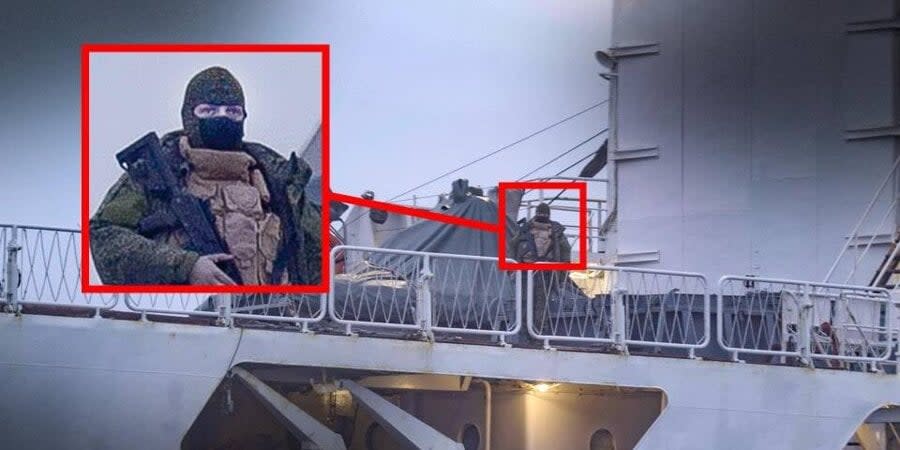Russia planning sabotage in Scandinavia seas to escalate conflict with West, Scandinavian media reports

That’s according to an investigation by the public broadcasters of Denmark (DR), Sweden (SVT), Norway (NRK) and Finland (Yle) released on April 19.
Russia wants to create a map of the Western infrastructure in the area, they reported.
Under the GUGI program, Russian surface and underwater civilian and military vessels collect information to determine what lies at the bottom of the seas and how the Scandinavian countries’ infrastructure is connect, said Norwegian Intelligence Service head, Nils Andreas Stensønes.
Read also: The “chainmail” at the bottom of the Baltic Sea
The infrastructure map is being compiled to plan diversions in the North Sea, with the program being a key to Russia’s preparation for a potential “big conflict with the West.”
Journalists analyzed intercepts from the Russian Navy, discovering the use of “ghost ships” in the North Sea. ‘Ghost ships’ are those that have turned off the automatic identification system and do not report their whereabouts.
An example is Russia’s Admiral Vladimirsky ship, which Russia contends is for naval research and DR says it is also used for reconnaissance.
During one mission, the ship traveled past seven wind farms off the coast of the United Kingdom and the Netherlands, reducing speed as it passed the energy infrastructure.
When journalists approached the ship in a small boat, they saw a man wearing a balaclava holding a weapon that looked like a military assault rifle.
Last November, the same ship was spotted off the coast of Scotland about 30 nautical miles east of Lossiemouth, home to the Royal Air Force’s Maritime Patrol Aircraft fleet.
Admiral Vladimirsky is not the only vessel that courses suspicious routes in northern waters.
Journalists learned of at least 50 Russian ships that had similar sailing patterns over the past 10 years, believing there could be far more.
We’re bringing the voice of Ukraine to the world. Support us with a one-time donation, or become a Patron!
Read the original article on The New Voice of Ukraine

